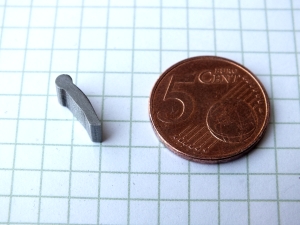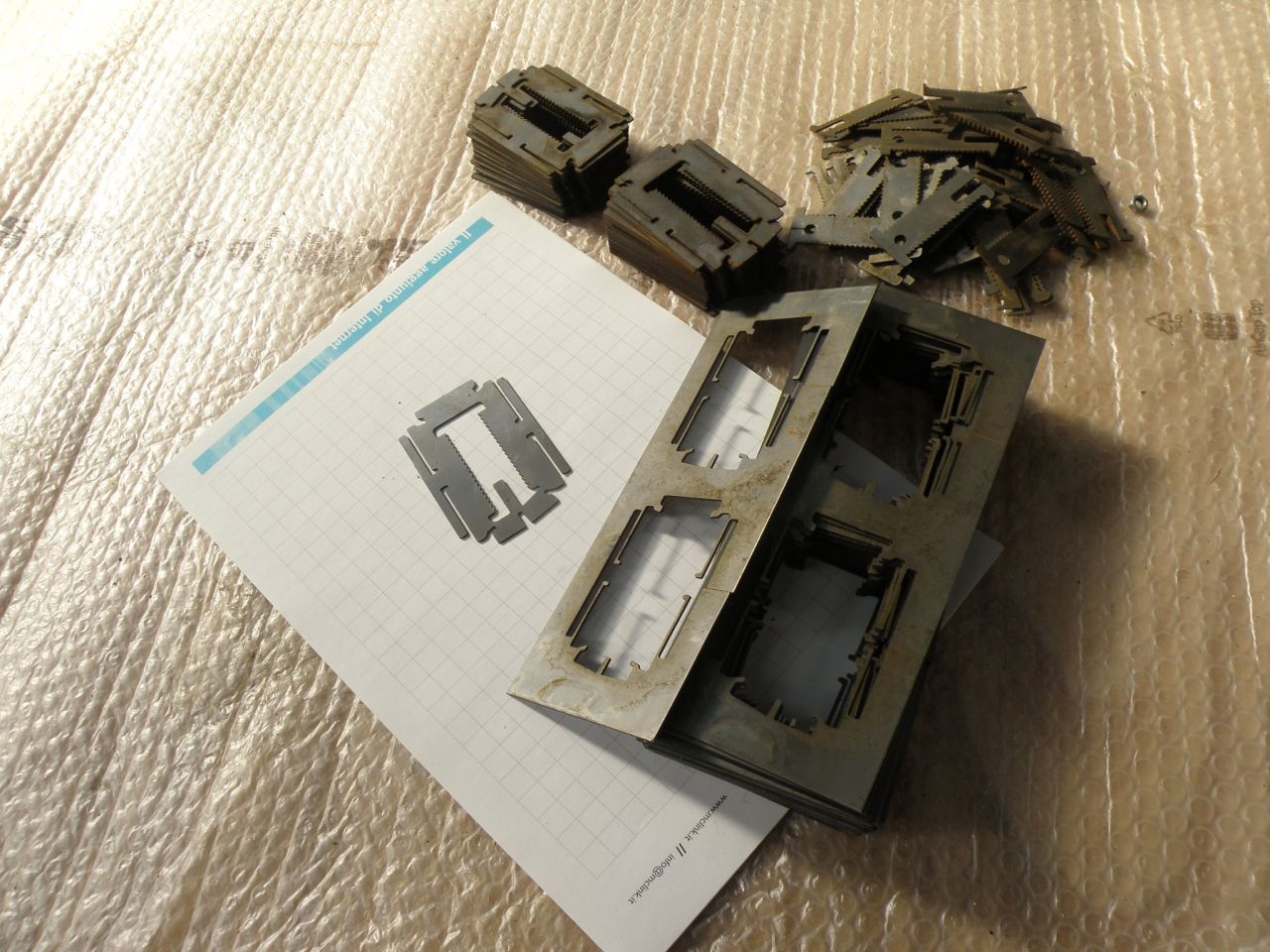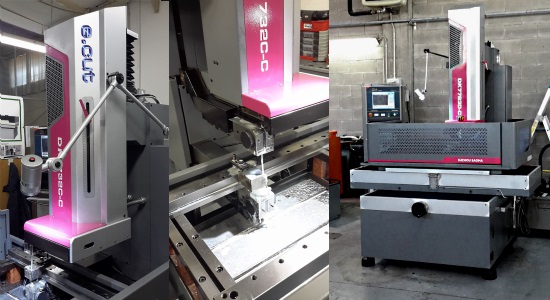E.cut and Green Economy
CO2, Greenhouse effect, Biodiesel, Wind, Solar… these are the magic words that the press uses to fill the media… and its pockets.
We must have the hybrid car, but nobody tells us how much it costs to change the batteries. The solar panel is mandatory if we have to redo the roof, but how much does maintenance really cost? Is it possible that a high-speed tunnel creates so much noise and nobody says anything about the devastating wind turbines that disfigure our landscape? And all these pseudo-alternative sources don’t have the sole effect of increasing the extraction of oil, increasing pollution, and the gain of some caliph?
And all this is called Green Economy!!!
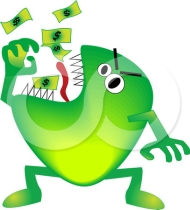
What should the E.cut technology be called then?
Few machine tools have similar characteristics.
1) Low current consumption, max 3 KVA
2) Use natural water with completely biodegradable vegetable additive
3) Maximum material utilization thanks to a cut of only 0.2 mm.
4) Recovery and reuse of scrap up to minimum size, (see expensive or precious metals)
5) No swarf
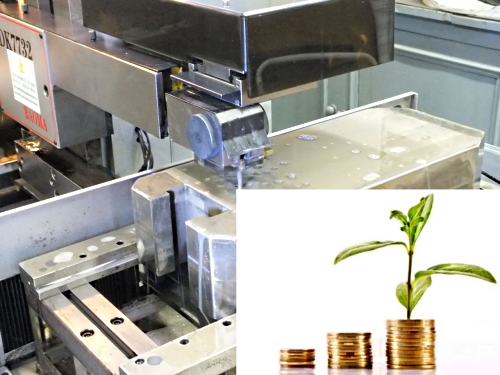
.
These topics are only one part, the most obvious, to apply the word Green Economy to E.cut.
Actually, it is the technology itself that is revolutionary, and leads to unexpected gains and savings. It is erosion cutting technology at such a low cost (20 times less than wire erosion) that it is green.
It is the possibility of making pieces with radically different cycles, at an incredibly lower cost than Green.
E.cut allows you to “DO” Green Economy,
in your company,
and the gain, of putting it
in your pockets!

.



